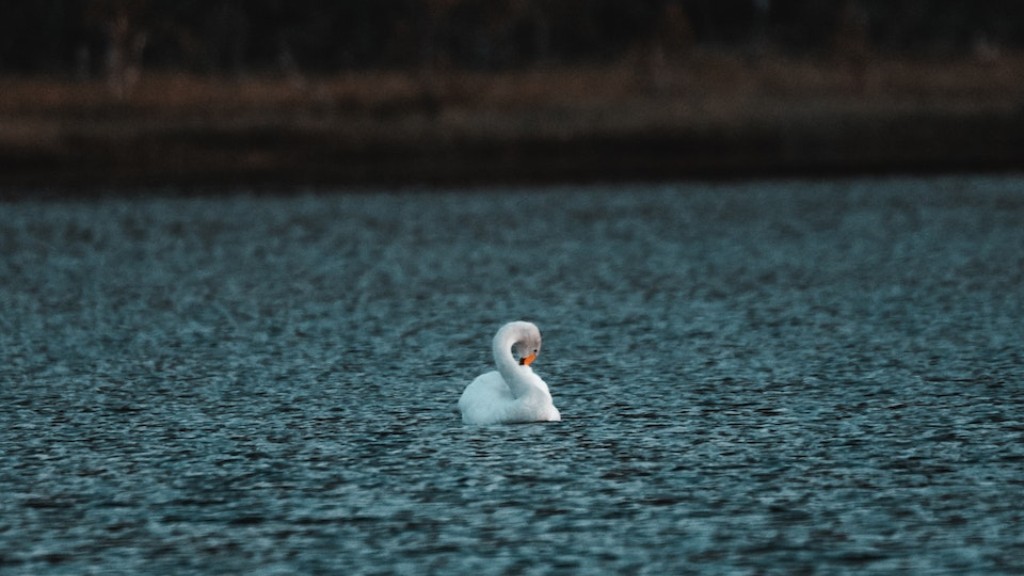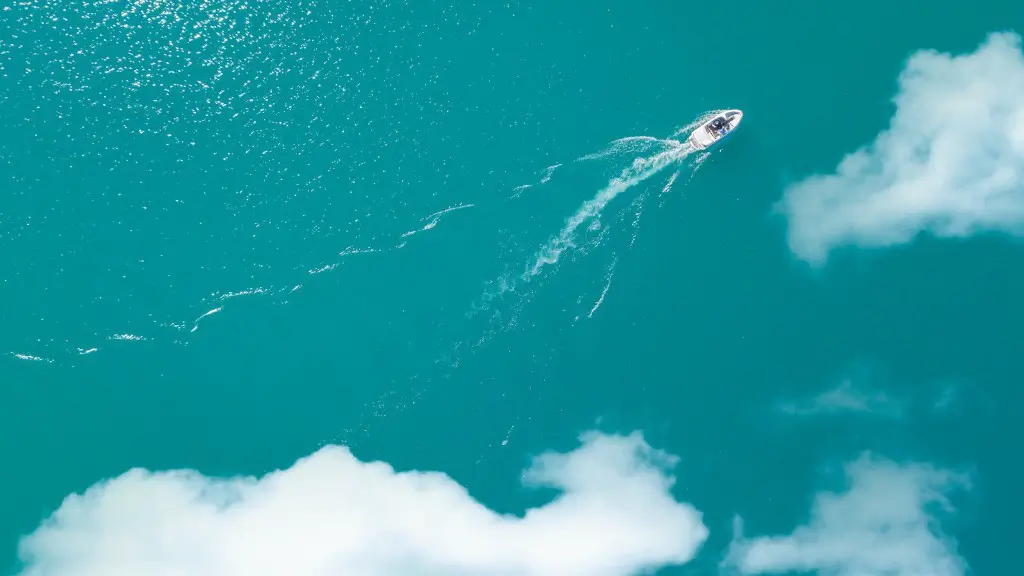Introduction
Lake Superior Whitefish is an important species in the waters in and around Lake Superior. This particular type of fish goes by many names, such as the Ontario Whitefish, Buffalo Herring, Cohoe, Sault Whitefish and even Eastern Herring. As one can tell, this whitefish has quite a few aliases, but regardless of its name, it is an essential part of the Lake Superior region’s ecosystem. The Lake Superior Whitefish is a unique fish and for the people who call the Great Lakes region home, it is special.
Habitat and Migration
The Lake Superior Whitefish is considered a cold water fish, meaning it can survive the cold temperatures of winter if it has to. It prefers deeper areas of the lake and when the temperature warms up and the fish move shallow, they are found at depths varying between 10 and 60 feet. This particular species can be found in nearshore and offshore waters making it quite a versatile fish.
The Lake Superior Whitefish migrates seasonally between the southern and northern parts of the lake, depending on the time of year. During the summer months, they are found in the Elliptical Bay close to Duluth, Minnesota and Superior, Wisconsin. In winter, they are found in the north around Canada’s North Shore such as Thunder Bay or Port Arthur. The fish migrate during spawning season for an annual spawning run.
Physical Characteristics
The Lake Superior Whitefish is an elongated fish, with a slender body and typically measuring from 10 to 30 inches in length. It is silver-olive in color on its dorsal side, and silvery-white on its ventral side. Its lateral line is slightly curved, and its side is faced with roundscale.
Breeding and Reproduction
Lake Superior Whitefish typically spawn in deeper water, but some do make their way to shallower areas in order to spawn. The older individuals of the species make the move first followed by the younger spawners. This usually happens during the late fall and winter months, usually November through February.
The eggs are sticky, allowing them to adhere themselves to the rocks and pebbles while they incubate. Once they are hatched, the fry make their way back up to the shallower waters, usually in search of soft vegetation or coastal runoff.
Diet
The Lake Superior Whitefish feeds on a variety of different organisms, including worms, insect larvae, small snails, crustaceans and similar aquatic organisms. Depending on what is available, the fish may choose to eat larger organisms from time to time.
Impacts on Humans
The Lake Superior Whitefish is an important species for a few reasons. Firstly, it is an important source of protein for some communities, especially those living in rural areas and near the lake. Secondly, sport fishermen often target the fish, making it a great addition for sport fishing in the region.
The Lake Superior Whitefish is also incredibly important for the ecosystem. It is prey for larger predators in the lake and acts as a natural water filter, which helps to keep the lake clean. This particular species also plays a part in the regional nutrient cycle which helps to maintain the health of the lake.
Conservation
The Lake Superior Whitefish population is ever-changing and there has been some concern over its future. Climate change has had an effect on the species, as well as other issues such as pollutants and the overfishing of the species.
Because of this, organizations and individuals have been working to ensure the species is not overfished. They are actively doing their part to help conserve the species, such as catch and release regulations, energy-efficient fishing equipment, and increased education about the species among both sport and commercial fisherman.
Impact of Pollution on Lake Superior Whitefish
High levels of pollutants in river and lake waters can have a significant impact on the health of fish populations. This is especially true for Lake Superior Whitefish, which are heavily reliant on clean waters in order to survive. Pollutants such as heavy metals and plastic microfibers can build up in the gills and other organs of the fish, leading to chronic health issues such as reduced mobility and reproductive issues. This can also decrease the survival rates of individuals with long-term exposure.
Importance of The Lake Superior Whitefish
For the Great Lakes region, the Lake Superior Whitefish is an important species in the local ecosystem. The species is an important source of sustenance for many local communities and businesses, providing jobs, income and food security. It is also an important species for sport fishermen and is a great addition for any lake fishing trip. The species also plays an important role in the local nutrient cycle and helps to keep the lake clean.
Conclusion
The Lake Superior Whitefish is an important species for the Great Lakes region. It plays an important role in the local ecosystem and provides food and jobs to the communities surrounding the lake. The Lake Superior Whitefish populations are in a fragile state due to pollution and overfishing, so it is important that we all do our part to help conserve the species.


